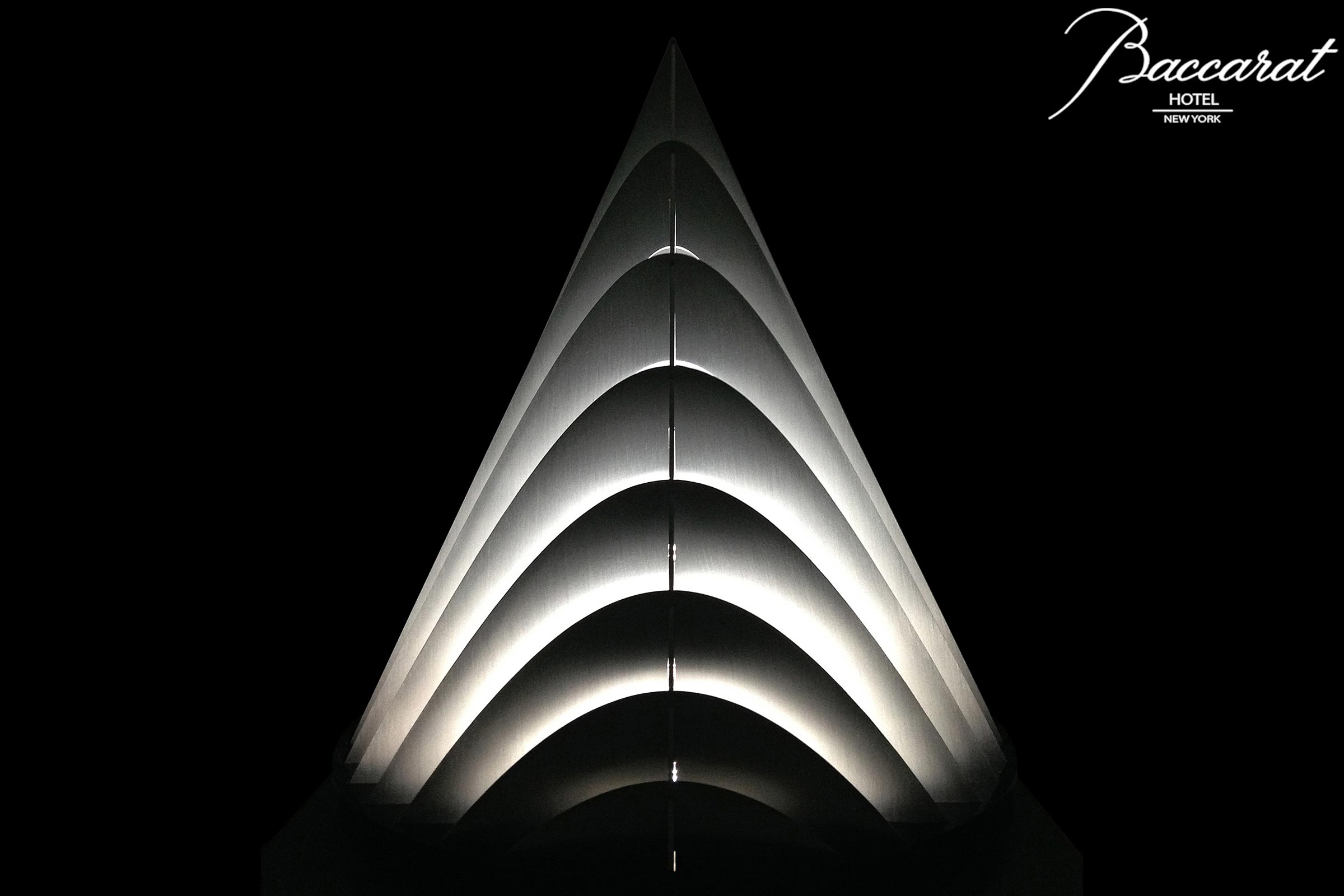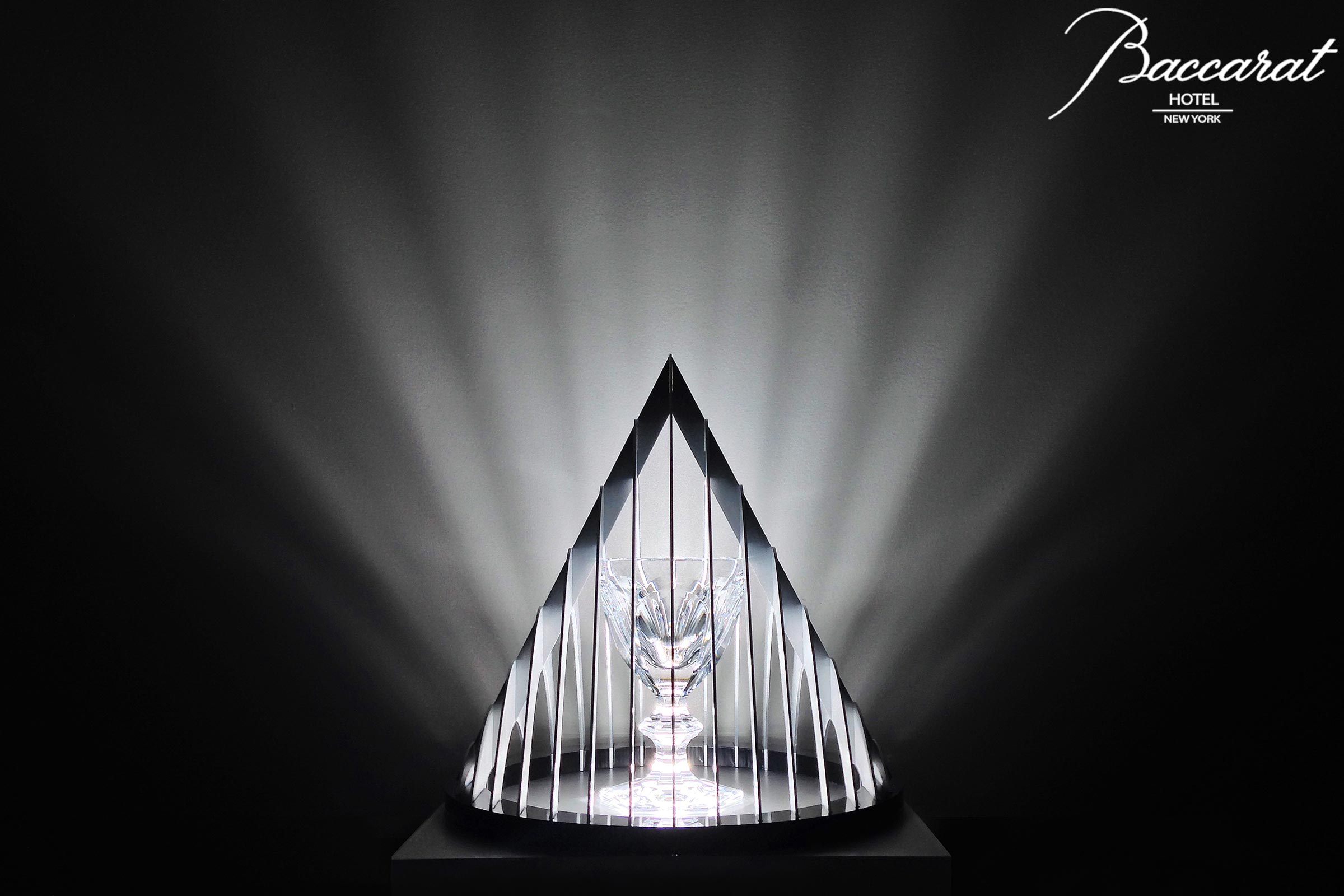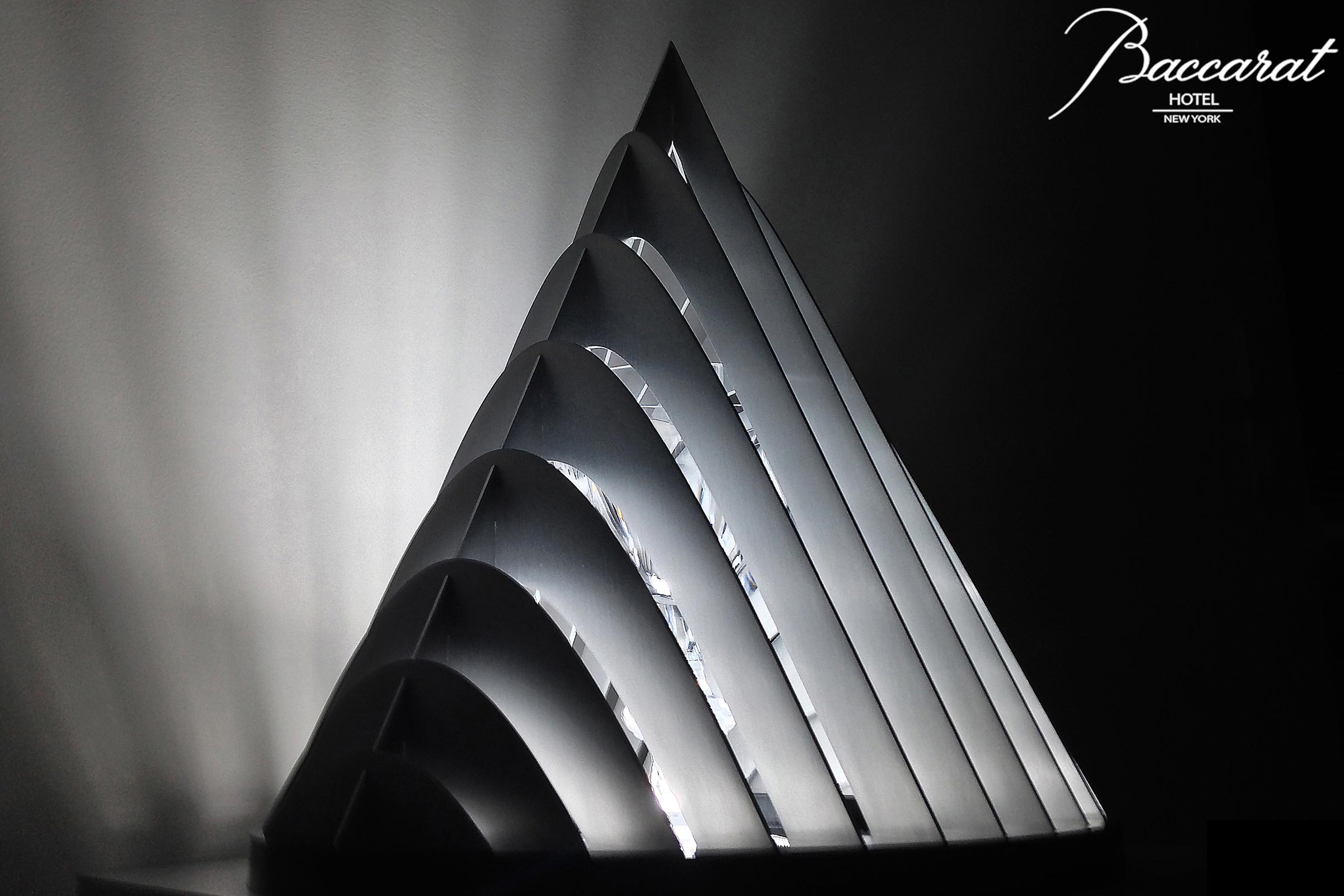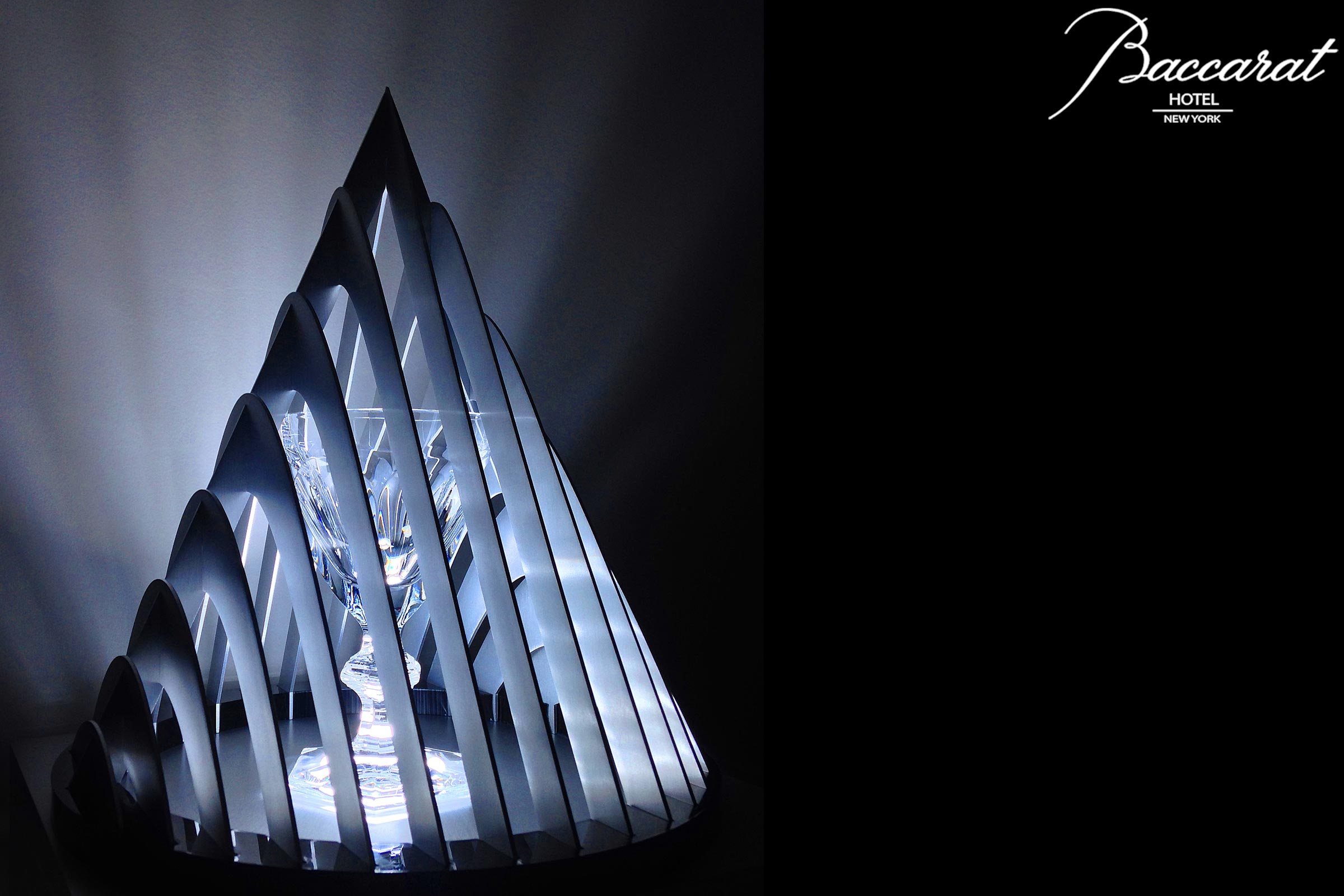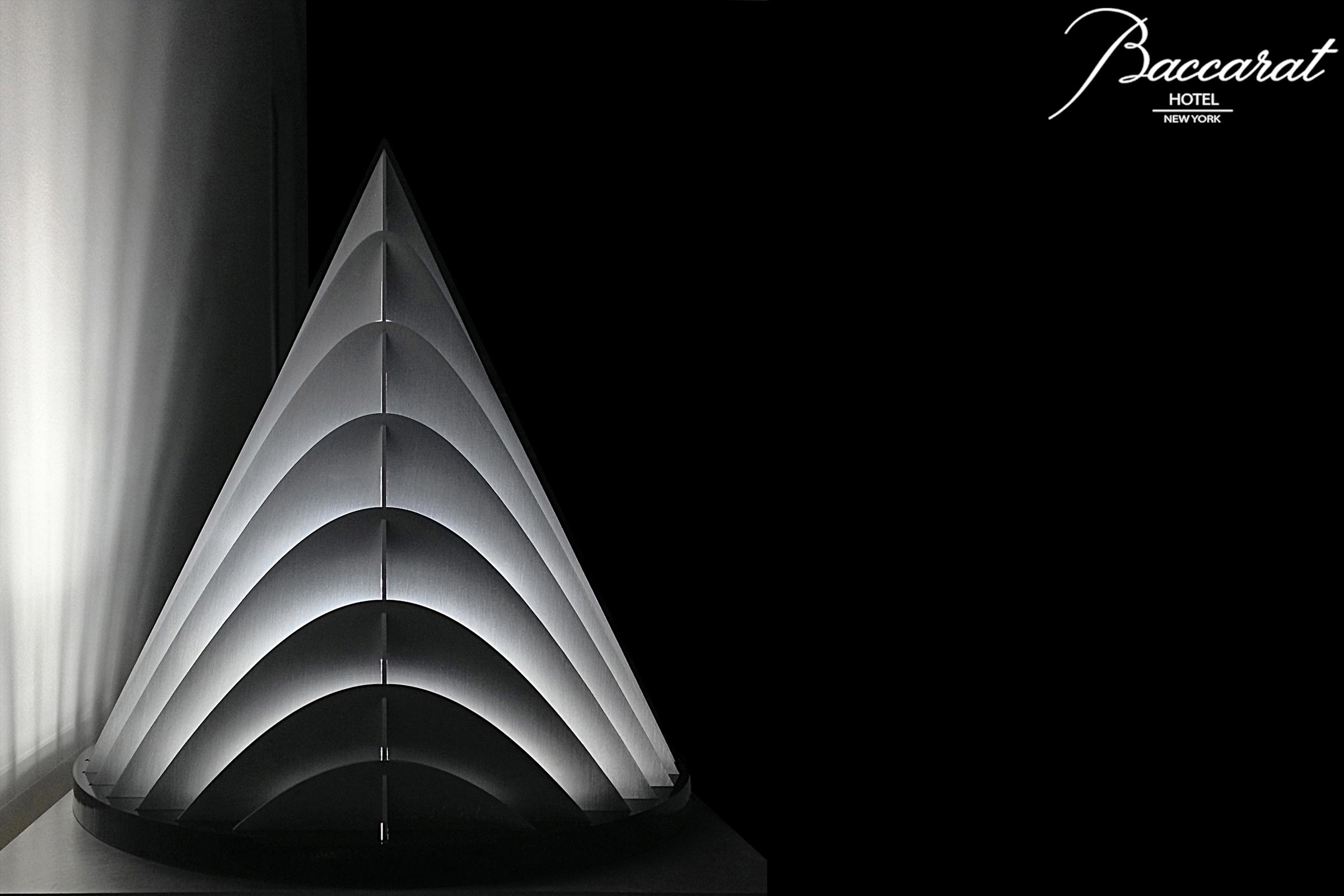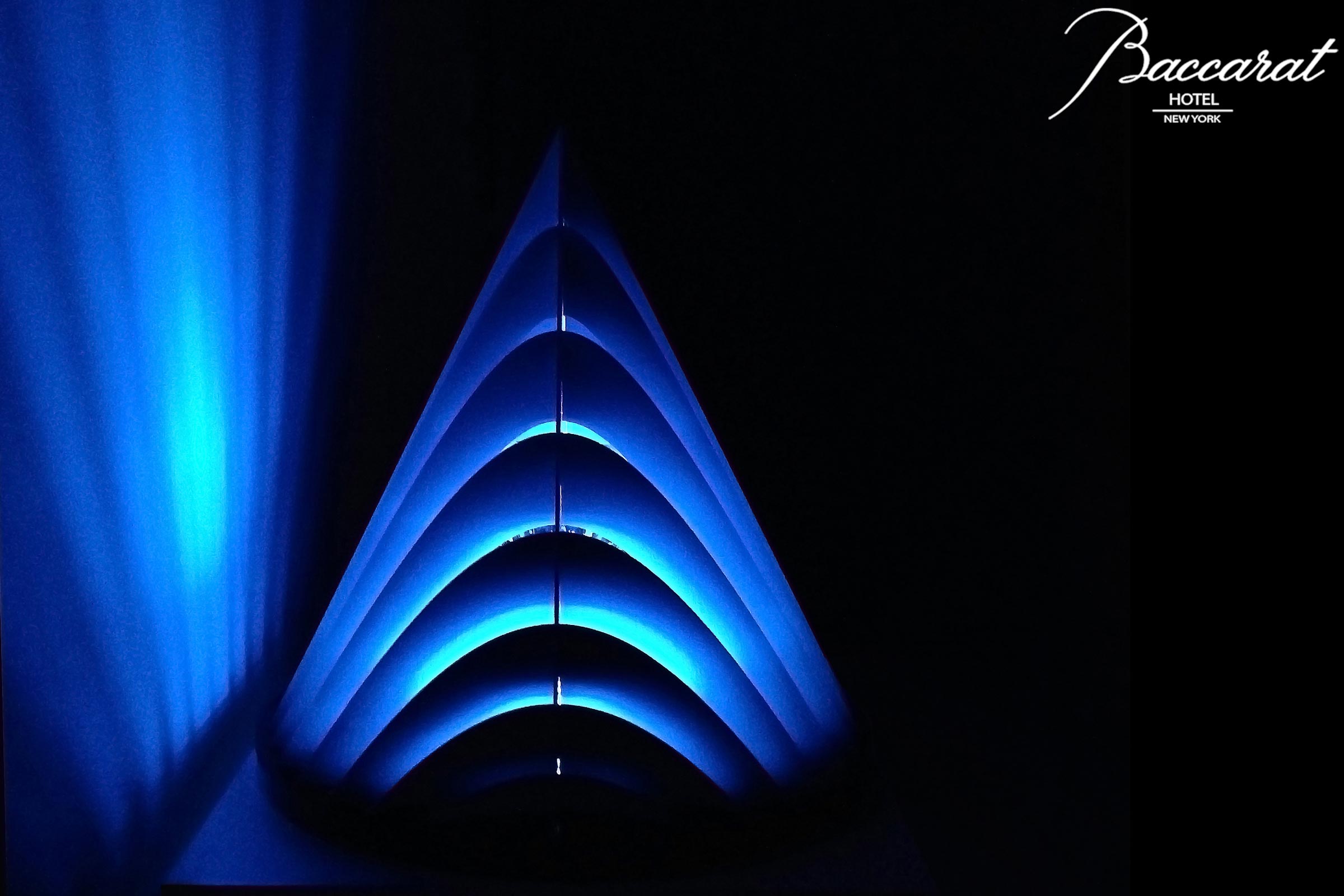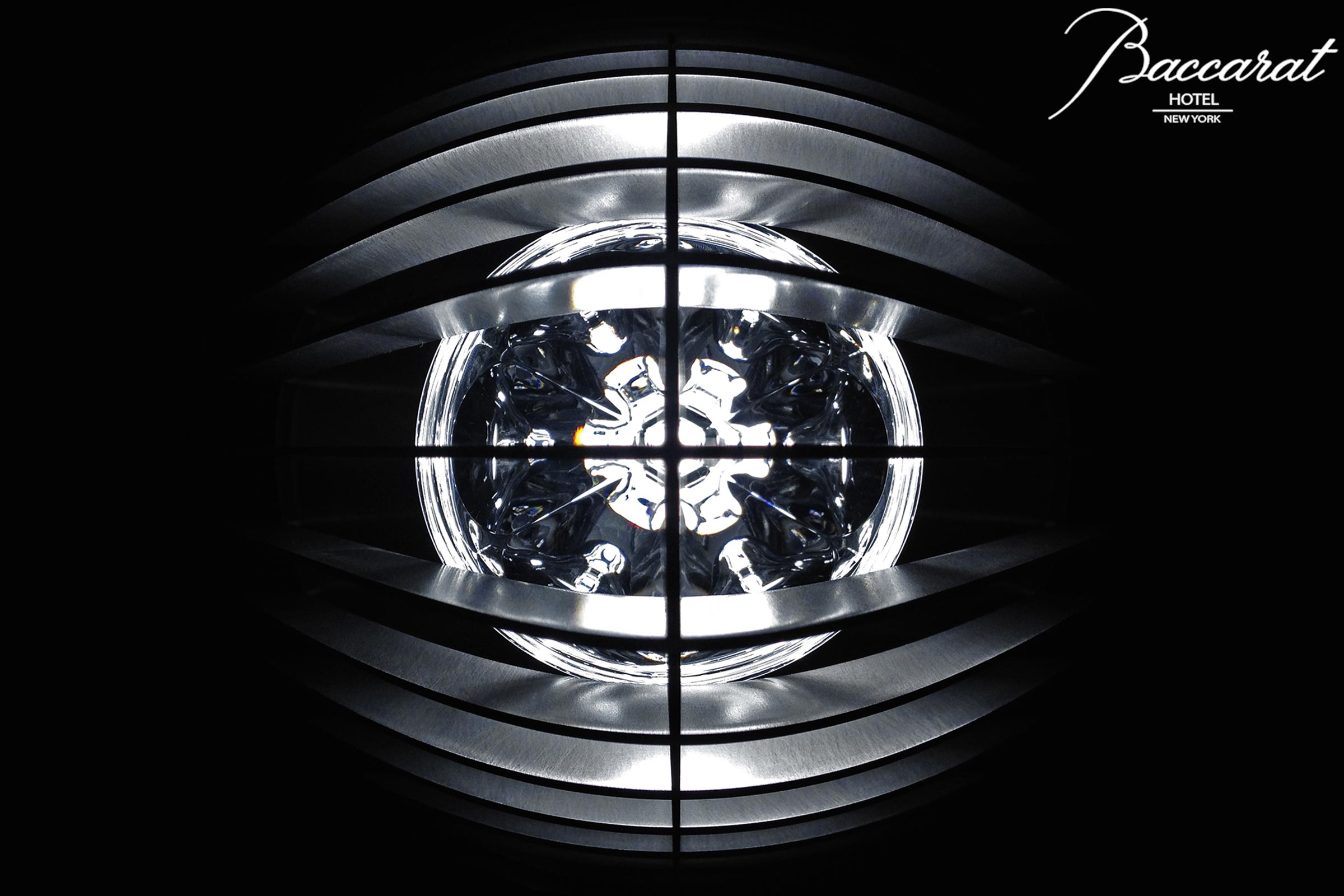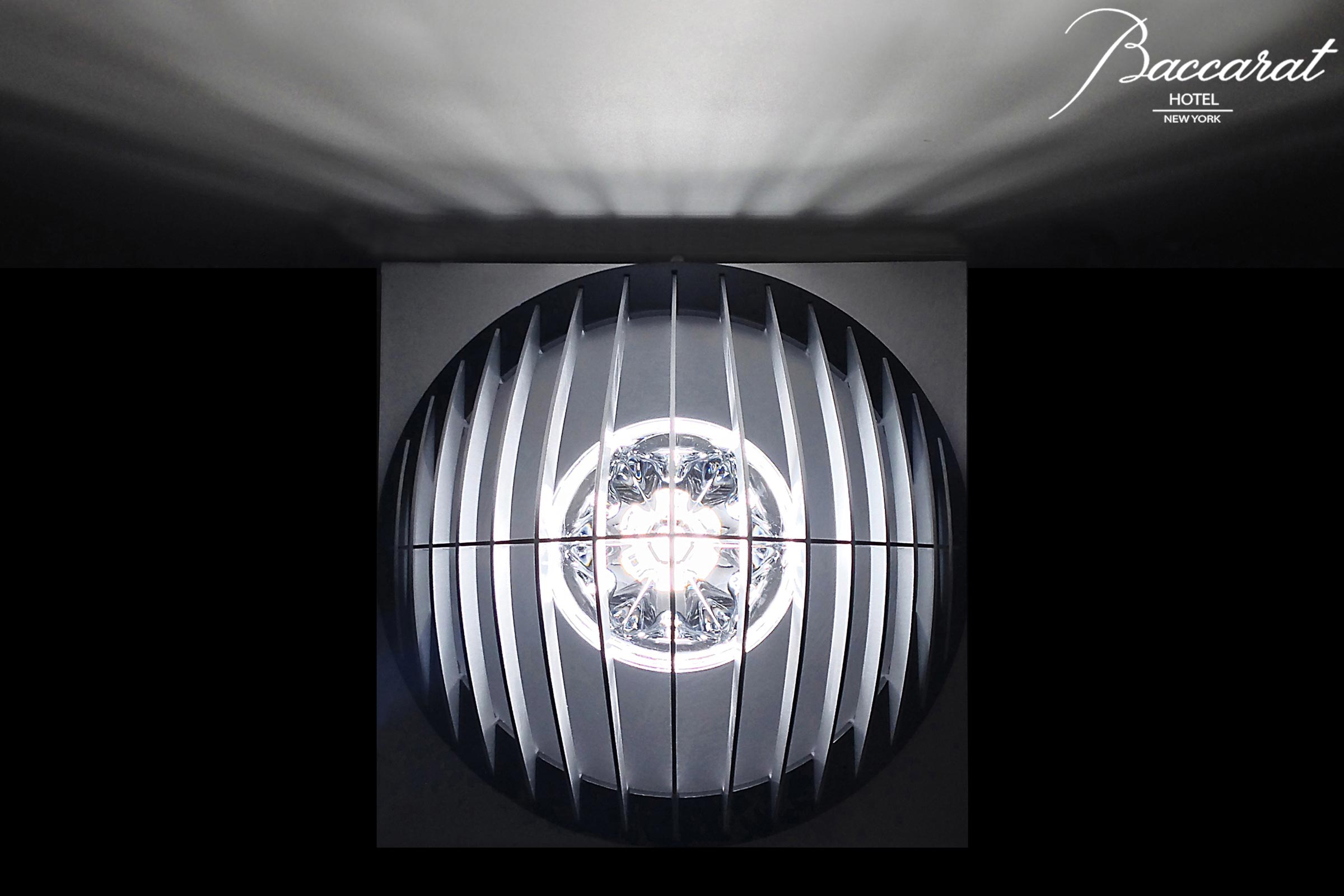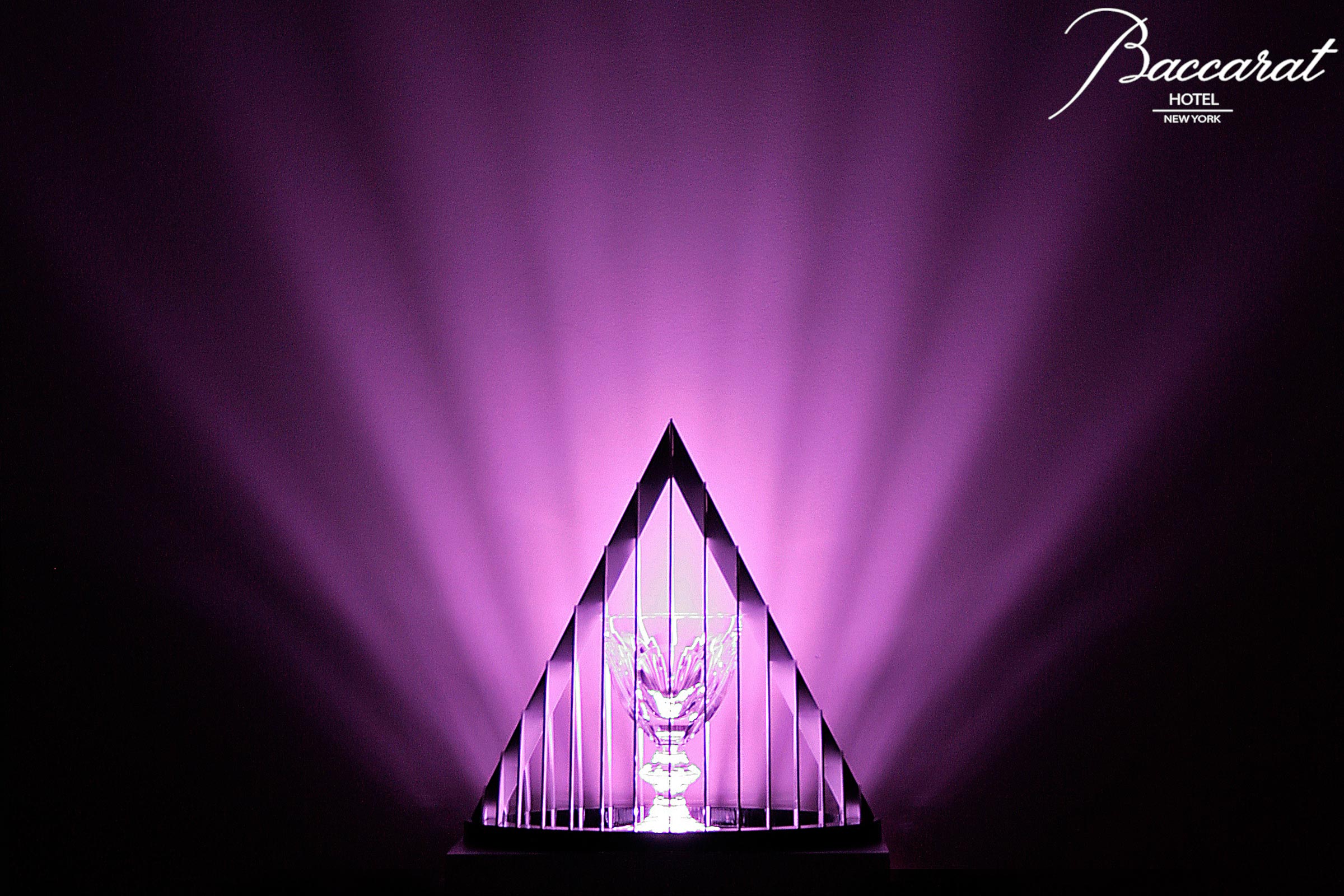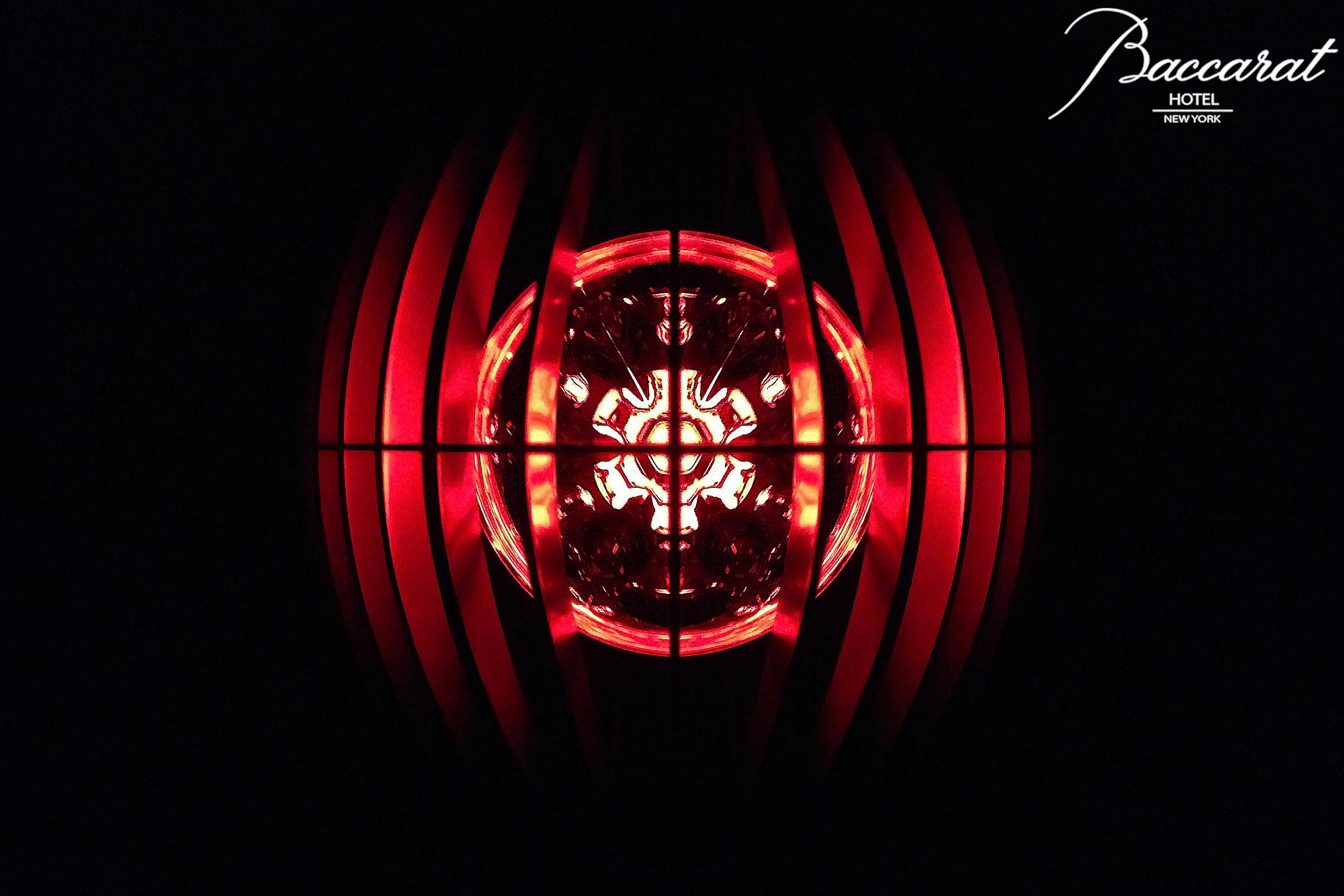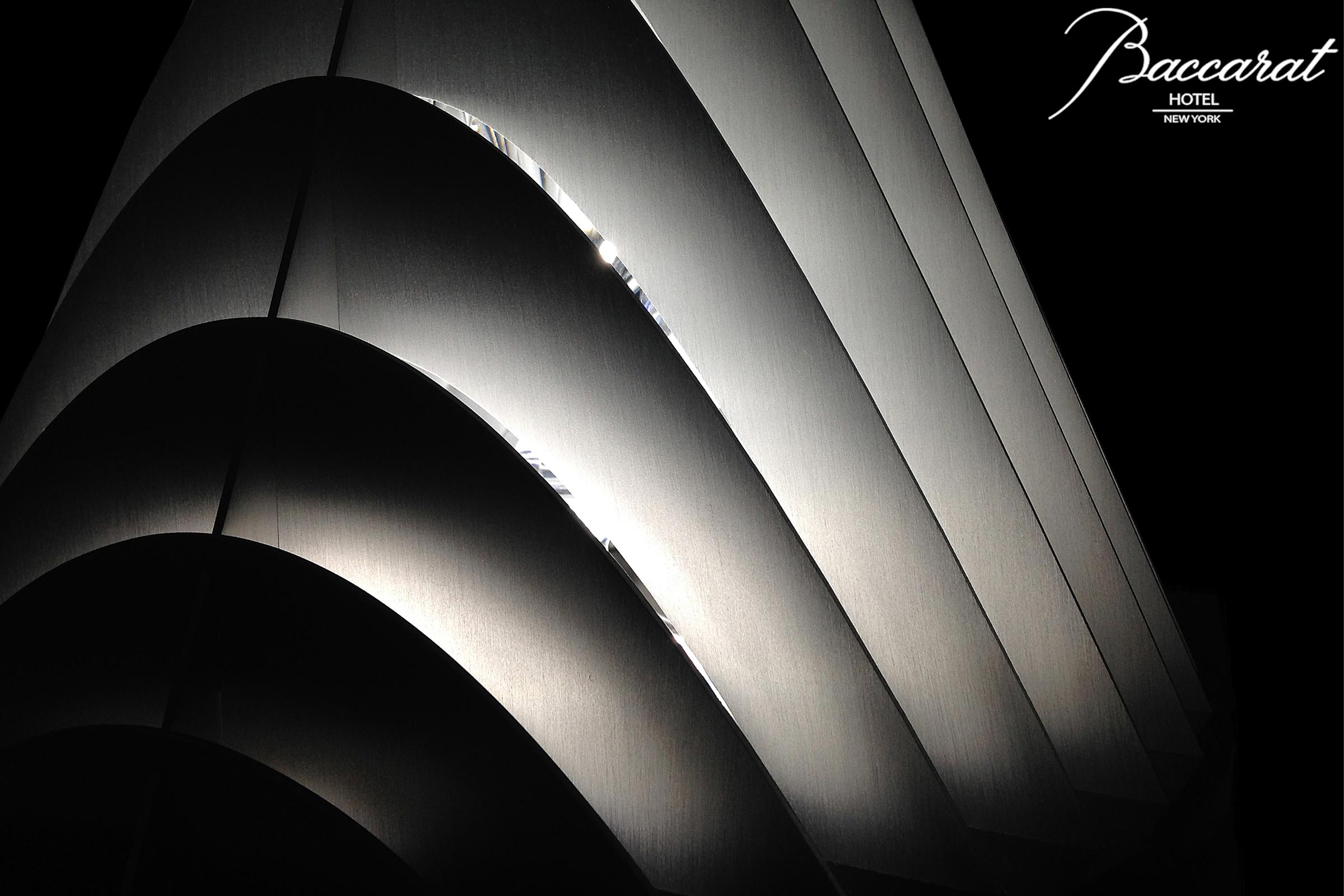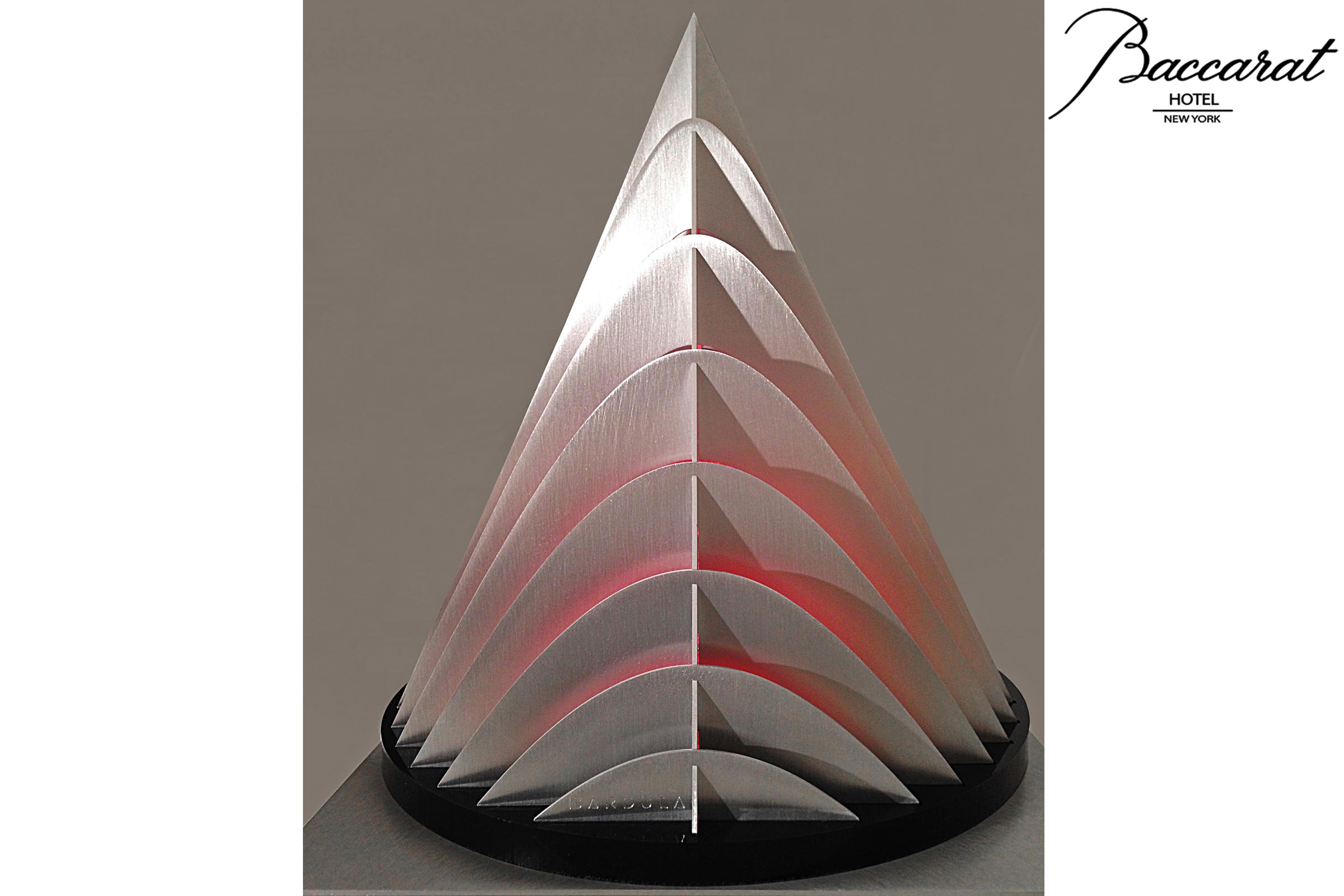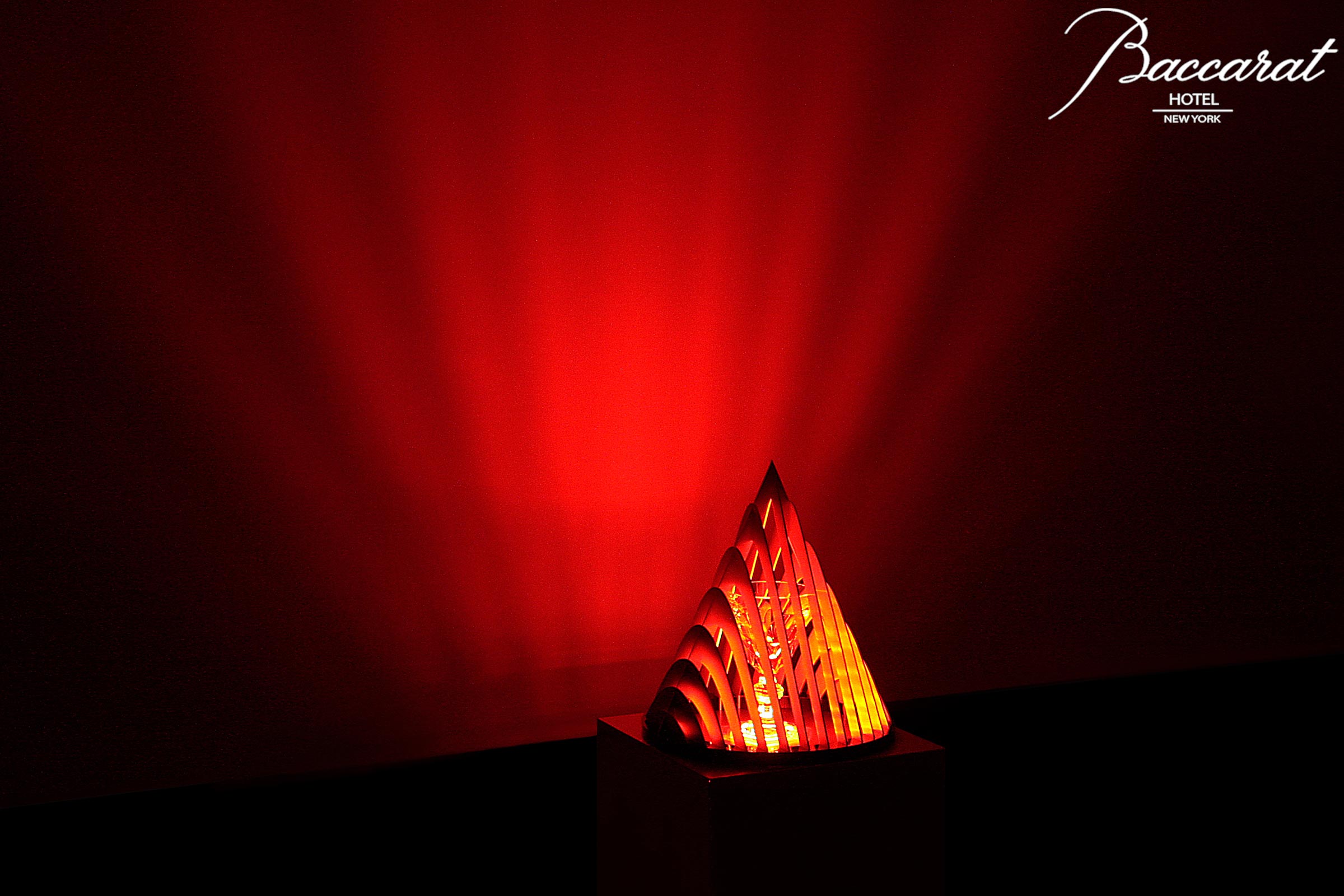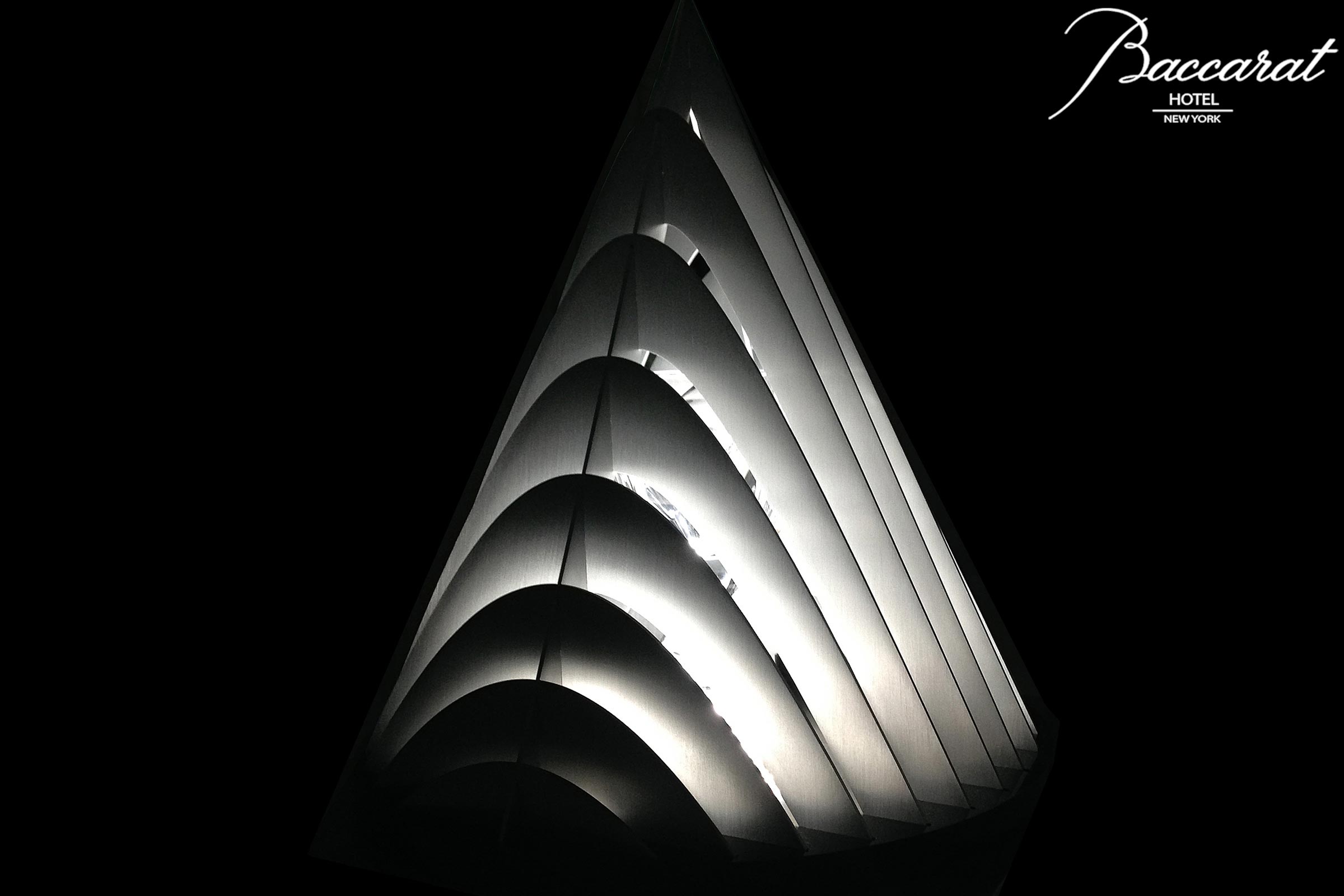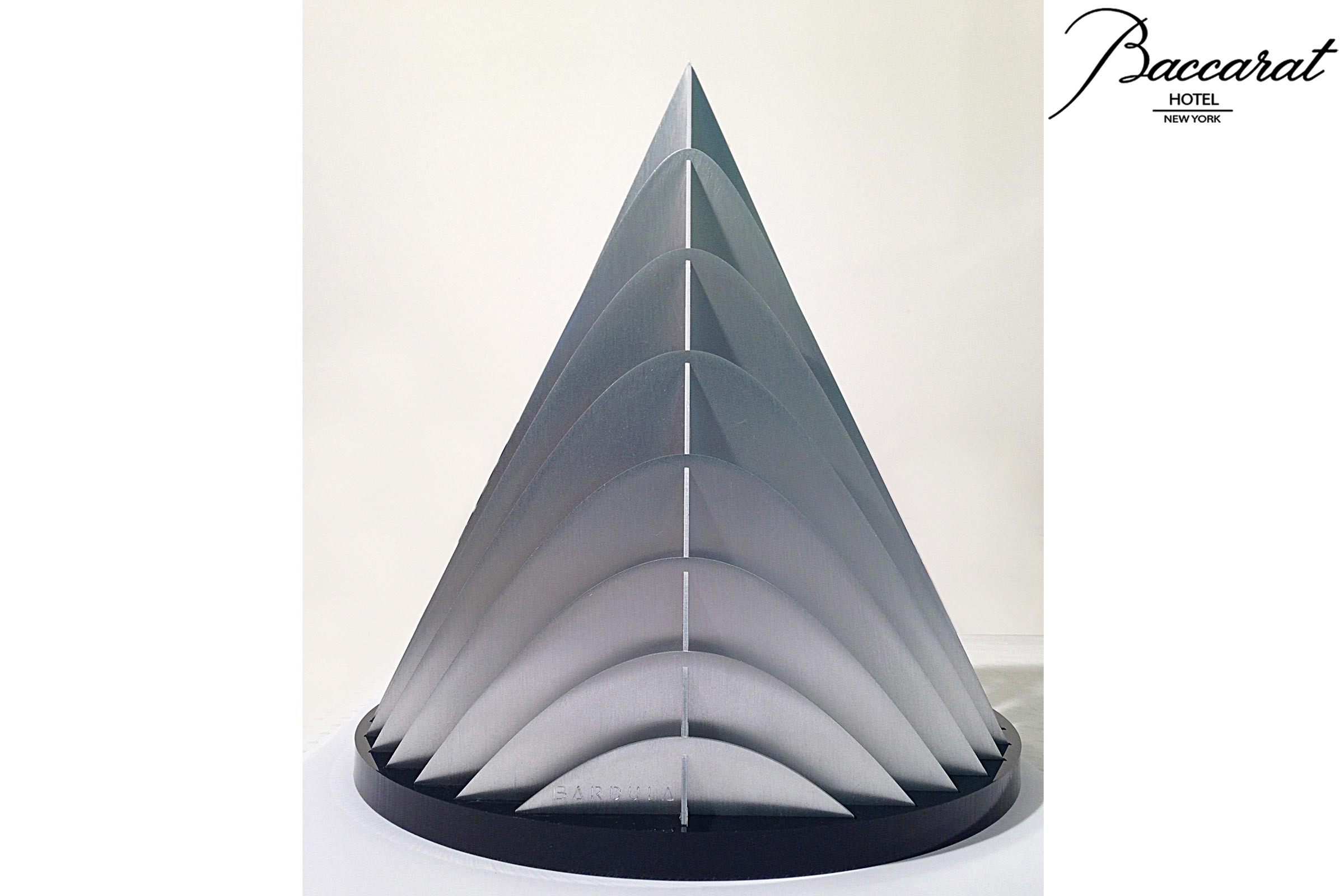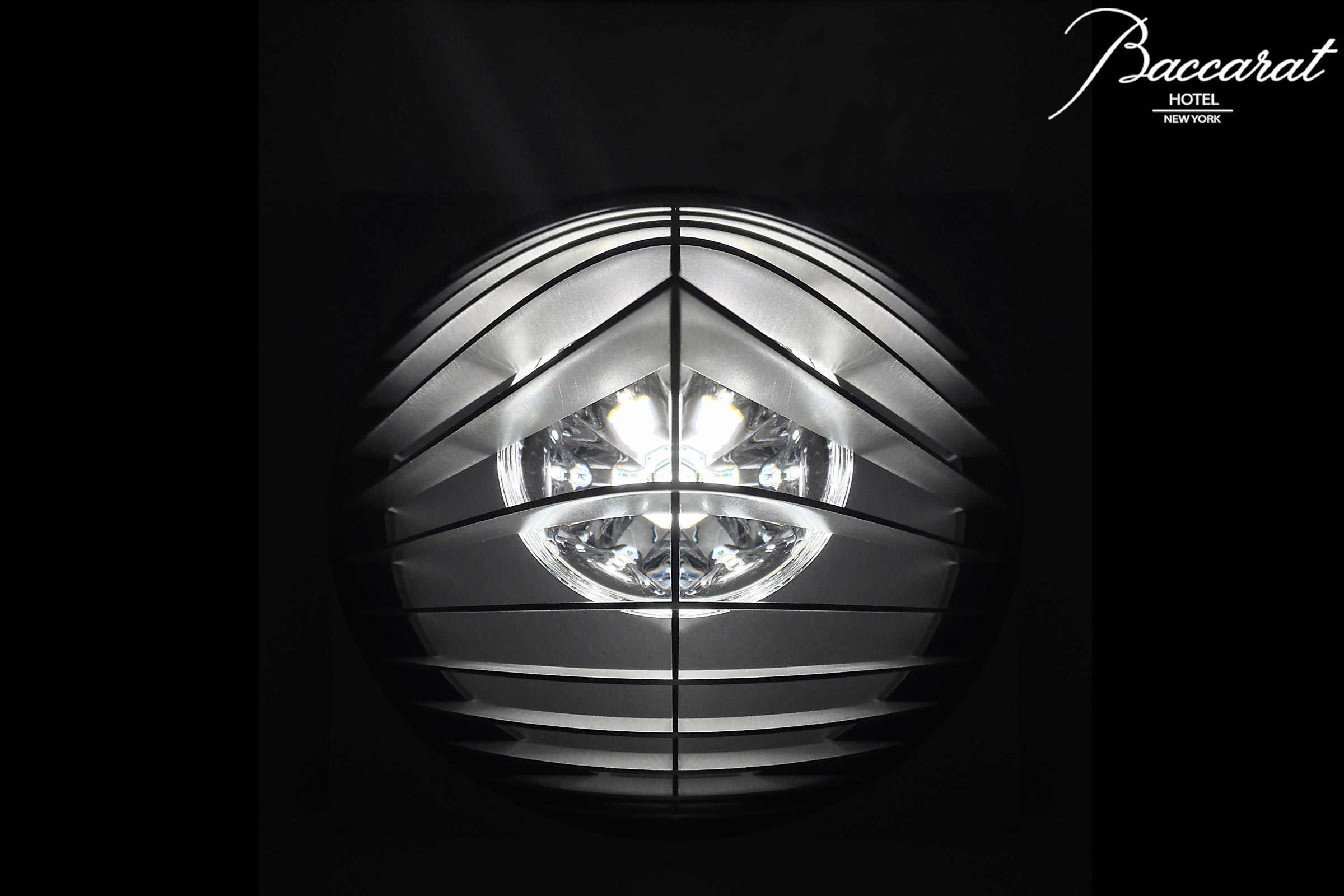I FIRE : THE CONE
Energy and the explosion which created the universe.
The first element, Fire, is symbolized by a triangle in the alchemical tradition, representing not only the original manifestation of matter at the beginning of the universe but also the simplest primary geometric shape, with only three sides.
The triangle is a symbol of stability; piles of sands spontaneously assume a shape with a triangular profile, in common with the Egyptian pyramids and cathedral spires.
It can thus be seen not only as the basis for the monumental architecture of the Third and Fourth Egyptian dynasties, but also as the source of the links which exist between geometry – in particular its triangular branch – and metaphysical beliefs.
A triangle is stable in the horizontal as well as the vertical direction, because three of its points are always on the same plane.
The triangle is unique because any shape with polygonal outlines can be divided into triangles by means of the process known as “triangulation”. If we are familiar with the properties of triangles then we can deduce the properties of any shape, even a curve, by approximating it to a polygonal line.
This first installation incorporates the triangular symbolism of the fire accompanying the very first explosion, and the centrifugal energy of the creation light.
It also represents the mastery of fire, which can be used to transform silica from the earth into crystal when fused with a metallic element.
In common with all of the following works, the viewer’s discovery of the installation is dictated by his or her first journey around it; it remains symbolically closed from a certain angle, but as the viewer approaches a full-on view it gradually opens up to reveal the object contained in the symbol – the Harcourt Glass.
